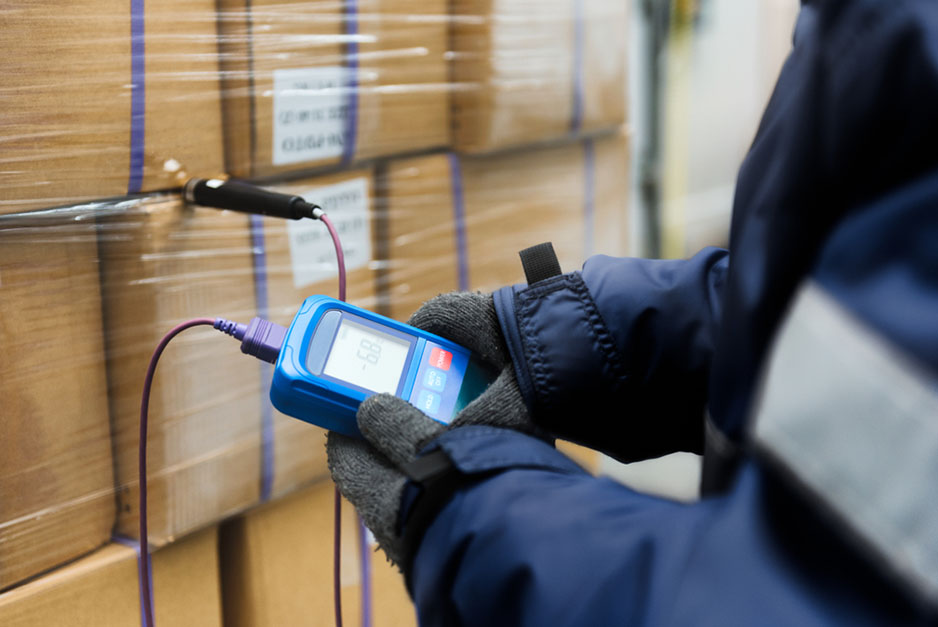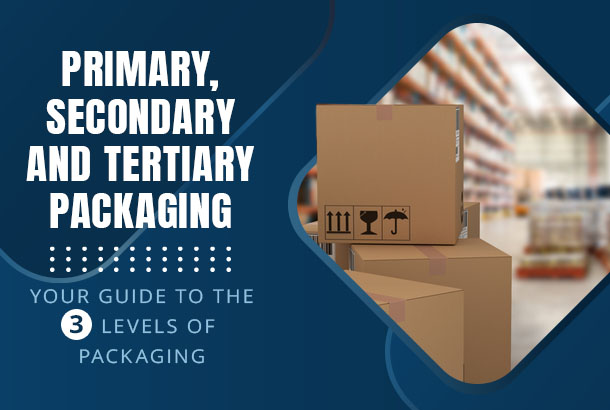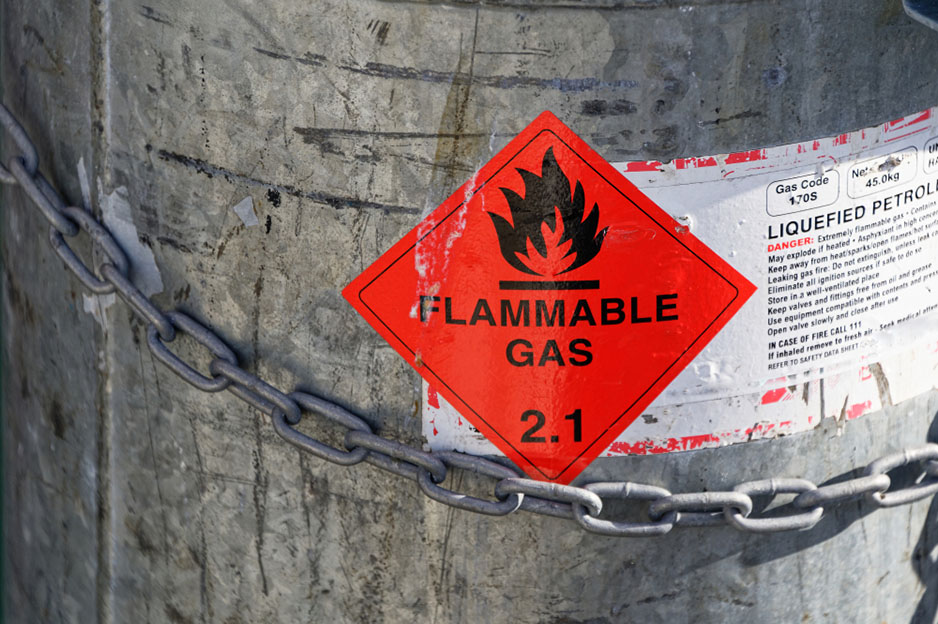Source: FOTOGRIN/Shutterstock.com
Summary:
- HDPE is derived from ethylene gas and creates high-strength durable plastics, such as shipping drums and chemical containers.
- PET (polyethylene terephthalate) is a clear BPA- and phthalate-free plastic that is FDA-approved for use in food and beverage containers.
- HDPE plastics have higher temperature resistance and gas barrier protection than PET.
- PET offers better stress crack resistance and easier recyclability than HDPE.
- For your shipping needs, HDPE plastic is the best choice for shipping chemicals and hazardous goods, while PET packaging is ideal for perishable items.
PET and HDPE plastics are both excellent packaging materials because they are lightweight and impact-resistant. However, they each have unique characteristics that are important to understand when deciding between them as shipping materials.
What Is HDPE Plastic?
HDPE stands for high-density polyethylene. It is an opaque petroleum-based thermoplastic that is highly durable and resistant to heat, punctures, and impacts. It is also resistant to corrosion and microbial growth.
HDPE is made by deriving ethane from ethylene gas. Then, the ethane is heated, mixed with benzene, and exposed to UV radiation to catalyze the polymerization process. The polymer is poured into board-shaped molds and cooked at low heat to eliminate oxygen.
The boards are cooled to be shipped as a raw material for creating a variety of products, from plastic drums and shipping barrels to laundry detergent containers and facial prostheses.
HDPE has a higher melting point than many other plastics at 160°F, so it remains exceptionally rigid and stable when cool. However, when heated above its melting point, it is highly malleable. It usually undergoes high-temperature blow molding to form various containers.
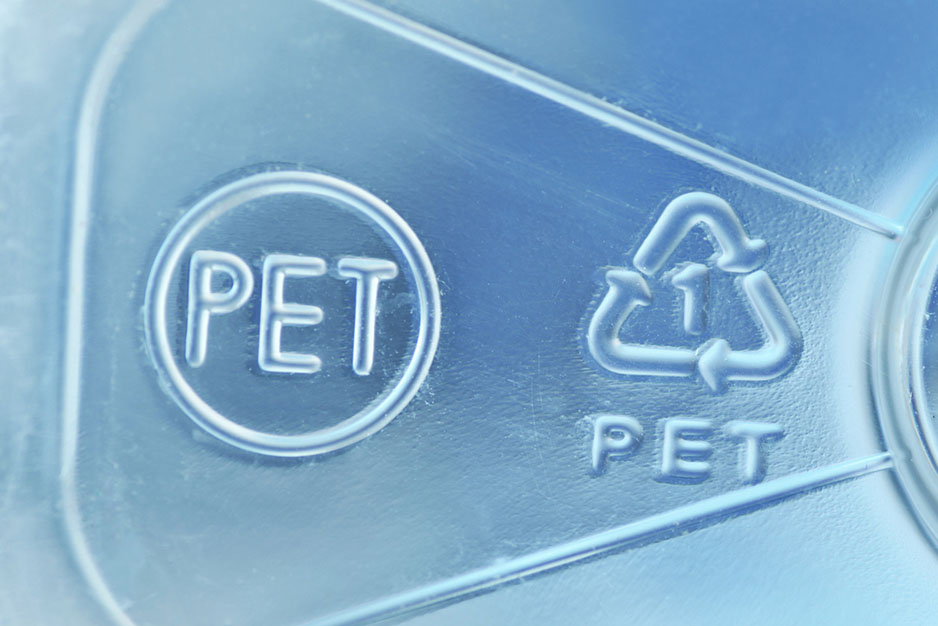
Source: CalypsoArt/Shutterstock.com
What Is PET Plastic?
PET (polyethylene terephthalate) plastic is a clear plastic that can withstand temperatures up to 145ºF. Polyethylene terephthalate is the chemical name for polyester, and PET is the most common thermoplastic polymer resin in the polyester family. It is frequently used in clothing fibers and containers for food and liquids.
Ethylene glycol and terephthalic acid come together to form the polymer chain that results in the strands of PET that are cut into small pellets, which are then heated and molded into the desired shape. PET plastics are FDA-approved for contact with food and beverages. They are also phthalate- and BPA-free.
Though derived from natural gas and oils, PET plastics are a sustainable packaging option compared to aluminum or glass.
Browse Our Selection of Plastic Drums for SaleWhat Are the Key Differences Between PET and HDPE?
Though HDPE and PET plastics are commonly used for packaging and shipping, some notable differences set these materials apart.
Temperature range
While both plastics are relatively heat-resistant, HDPE has a higher melting point than most at 160ºF. HDPE plastics also have a lower cold brittleness temperature than PET plastics, resisting cold up to -50ºF, while PET plastics can only handle temperatures as low as -40ºF. Look for HDPE plastic drums for sale for a container that protects your goods across a range of temperatures and climates.
Stress crack resistance
Environmental stress cracking is a common issue in plastic materials that can jeopardize the contents of the package. A stress crack is an internal or external crack caused by tensile stresses. In HDPE plastics, stress cracks frequently occur because of chemicals in the environment that attack the semi-crystalline plastic material.
When the molecular weight of the plastic polymer increases, crystallinity decreases and improves resistance to environmental stress cracking. PET plastic bottles and containers have a higher resistance to stress cracking than HDPE plastics.
Gas barrier
A plastic’s gas barrier or WVTR (Water Vapor Transmission Rate) is measured in g-mil/100in. 2/24hr, indicating the penetration of vaporized H2O through the plastic barrier. PET plastics have a WVTR of 2.0, while HDPE plastics have a WVTR of 0.5. A lower WVTR demonstrates the packaging type protects its contents against moisture exposure for longer.
When shipping hazardous goods requiring a hazmat box and accurate labeling, ensure your plastic packaging choice complies with the necessary WVTR for barrier performance.
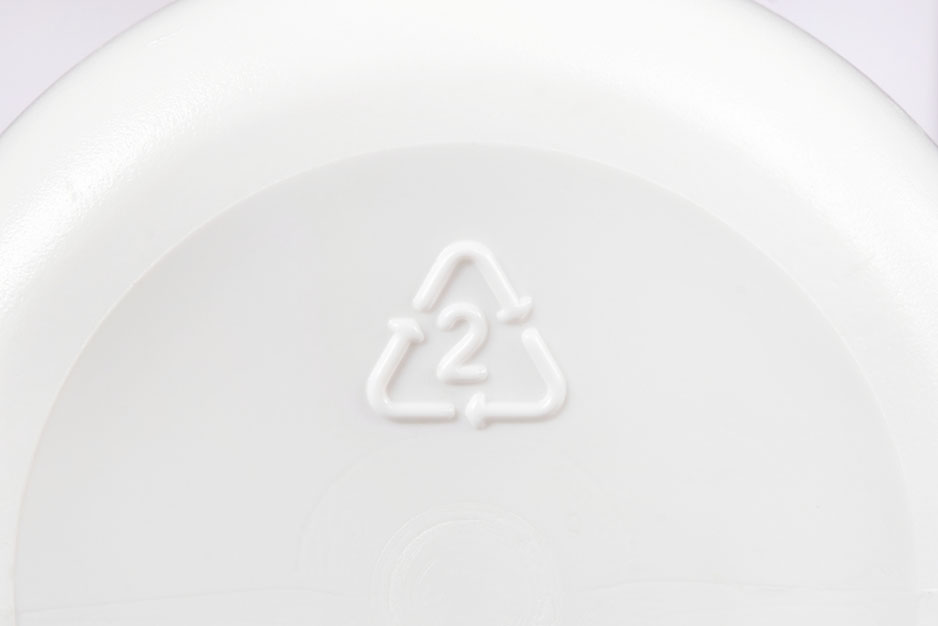
Source: sweeann/Shutterstock.com
Recyclability
Both PET and HDPE are recyclable materials. However, they need to be separated before recycling because they require different processes to break down and reconstitute the compounds.
On the base of each type of plastic, there is a triangular label with a number inside. This number represents the recycle rating. PET has a recycle rating of 1, while HDPE has a recycle rating of 2.
Plastics with a 1 rating are intended for single use only, as heating or reusing these items can cause antimony to leech from the plastic. They are accepted in most U.S. jurisdictions and are easily recycled by shredding them into pellets.
Plastics rated 2 have a high strength-to-density ratio and are suitable for reuse as well as recycling. HDPE plastics can be recycled up to 10 times before disposal. They are often re-molded into pipes, lumber, toys, and floor tiles.
Shop Our Shipping BarrelsWhich Is the Better Plastic for Your Shipping Needs?
The best choice for shipping your goods depends on the type of products you need to transport. While shipping barrels and plastic drums are commonly made of HDPE plastics, PET plastics are a sustainable choice for food and beverage packaging.
To learn more about shipping materials and how you can transport your goods safely and sustainably, contact Air Sea Containers today.



